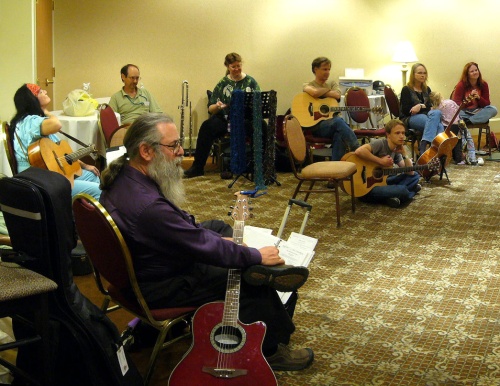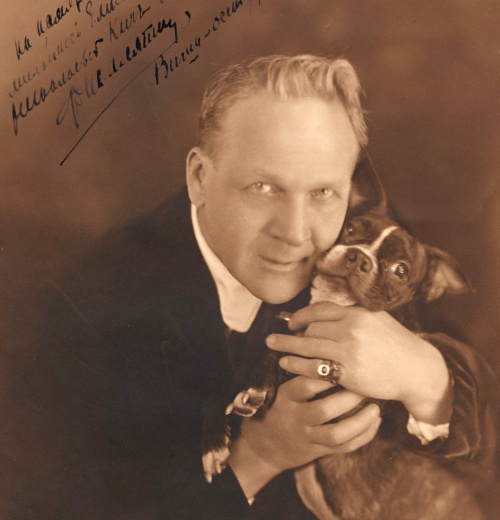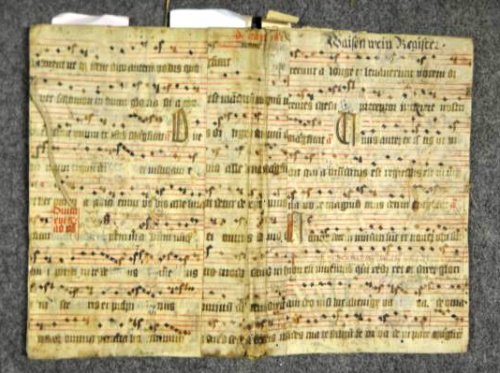The chromochord is a bioelectronic musical instrument that is driven by protein expansion and contraction.
Linked to a laptop computer, the device holds 12 vials, each paired with a different sound. When light shines on one vial the proteins inside swell, changing the wavelength they absorb. A sensor measures the change in absorption and cues the sounds. As one set of proteins slowly expands, the chromochord emits the deep thrum of a bass; as another set quickly shrinks, out comes the sound of glass chimes.
The chromochord was developed by Josiah Zayner, a biophysicist at the University of Chicago, and the composer Francisco Castillo Trigueros. “Scientists see beauty in a well-crafted experiment,” Zayner says. “The chromochord allows other kinds of people to experience that beauty.”
This according to “Biotech’s first musical instrument plays proteins like piano keys” by Nona Griffin and Daniel Grushkin (Scientific American 3 September 2013). Below, a sequence of related and unrelated images is accompanied by the chromochord.









